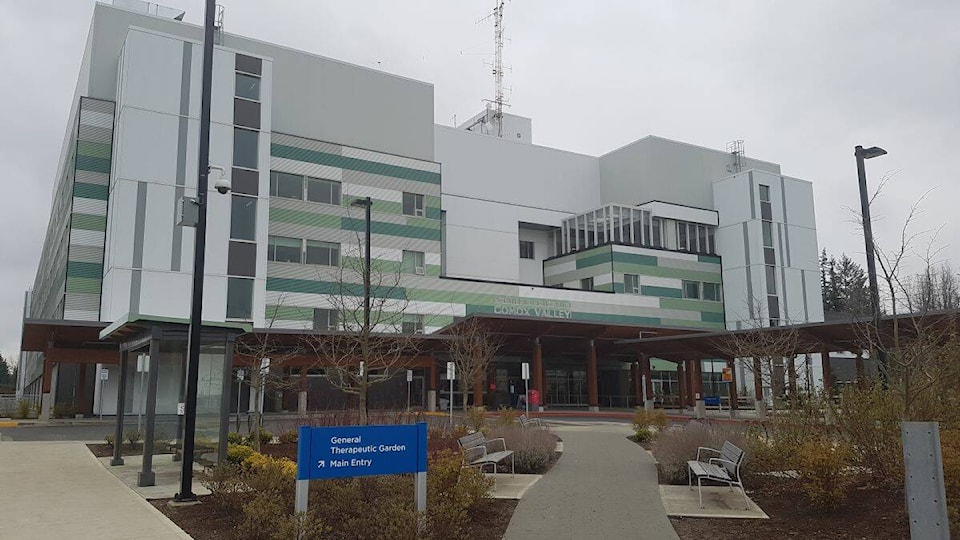The region’s body that raises capital for acute care health facilities is considering expanding the scope of its work.
The Comox Strathcona Regional Hospital District, which is made up of elected officials from the Comox Valley and Strathcona regional districts, looked at three proposed ideas as part of its strategic planning. These include providing grants for more rural, remote and Indigenous communities, including several First Nations agencies, looking for some kind of service hub in the Comox Valley and adding a long-term care facility in the Campbell River.
The first would mean grants of $5,000 for more rural community facilities. On the matter of a service hub for the Comox Valley, one question is whether to look for space that is leased, as some proposed, versus having a purpose-built facility, but the goal is to locate more health programming at one site to provide better health outcomes and more service integration.
“There’s a need in the Valley,” said Daniel Arbour, the electoral director for Area A in the Comox Valley Regional District, of the first two proposals.
RELATED STORY: Comox Strathcona Regional Hospital District sticks to same tax requisition
It is the last matter that has caused the greatest disagreement among board members. Island Health and CSRHD staff have pointed to the need to alleviate pressures on the new hospitals in Courtenay and Campbell River caused by patients who should be in long-term care facilities but end up in acute care.
Among the board members, the dispute is not over need but over whether this should be the mandate of local governments.
“It would include evolving your partnership with Island Health,” CSRHD deputy chief administrative officer James Warren told directors at their board meeting in November.
Some have argued this goes beyond the mandate of the CSRHD board, in that it goes beyond raising funding for acute care facilities. Others are more amenable to the idea of funding a long-term care facility near the current hospital in Campbell River.
“The land is there, the building design is there,” said Mayor Andy Adams of Campbell River, who is one of the city’s CSRHD representatives.
He did express concern at the prospect this was a “pay to play” project, meaning the local tax agency has to provide funding to receive funding from the health authority, adding that regional districts should be funded based on need rather than having to compete for funds.
Adams also suggested the board might want to put the issue before constituents before making a choice, though staff responded that borrowing approval is not required by the CSRHD’s legislation.
The discussion at the Nov. 18 board meeting also touched on the fiscal effects of funding the three options. CSRHD is to pay off the new hospitals by 2028, but it also building reserves for future projects. A staff report shows the value of reserves would be about $74 million in 2032 based on the status quo, but if three projects were funded, the reserves would be worth closer to $34 million.
“We feel that the reserves are in a very healthy place, whether you proceed with these initiatives or not,” CSRHD chief administrative office Russell Dyson said.
For now, the board wants more information before agreeing to anything. At the meeting, they passed a motion for more analysis and assessment, in partnership with Island Health, to look at policies, agreements, financial plans and public engagement for the three proposals and received reports. The motion also included a letter of support to Island Health over the service hub and expanded rural grant ideas.
As well, the board decided to write the minister of health and premier to highlight the importance of regional equity for health services and that the province review capital financing for health care projects. Cost-sharing of capital costs is typically split with the province paying 60 per cent and CSRHD paying 40 per cent.
mike.chouinard@comoxvalleyrecord.com
Like us on Facebook and follow us on Twitter.
